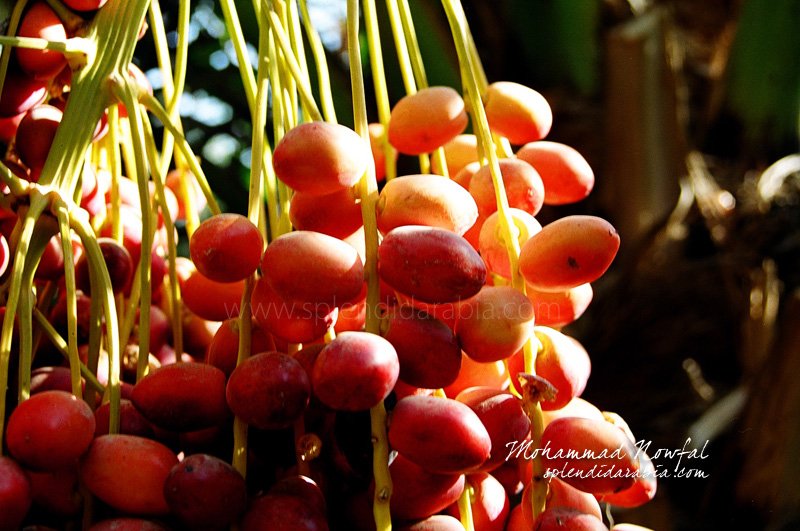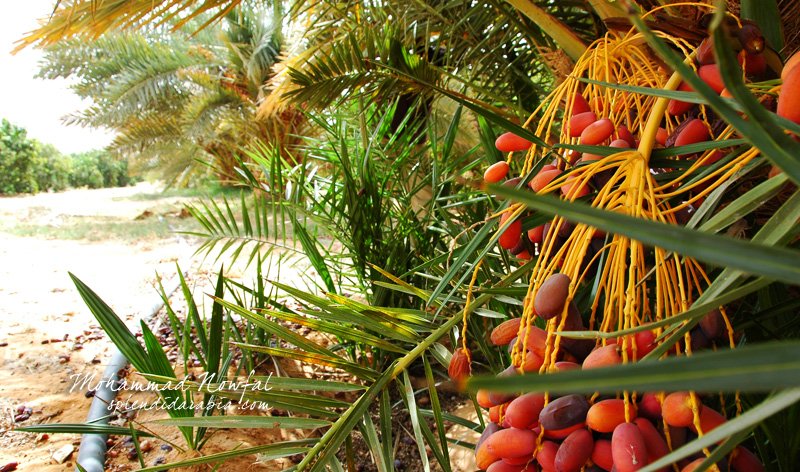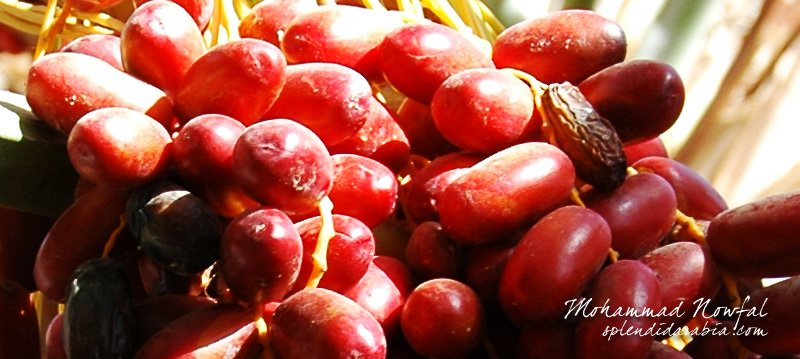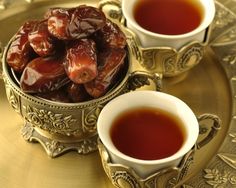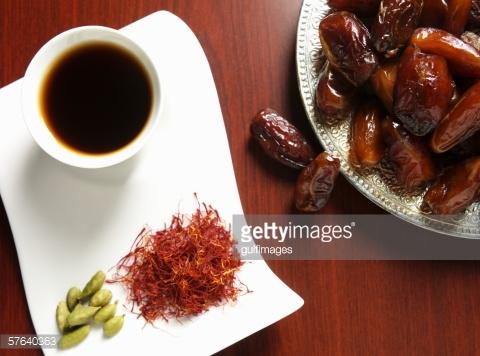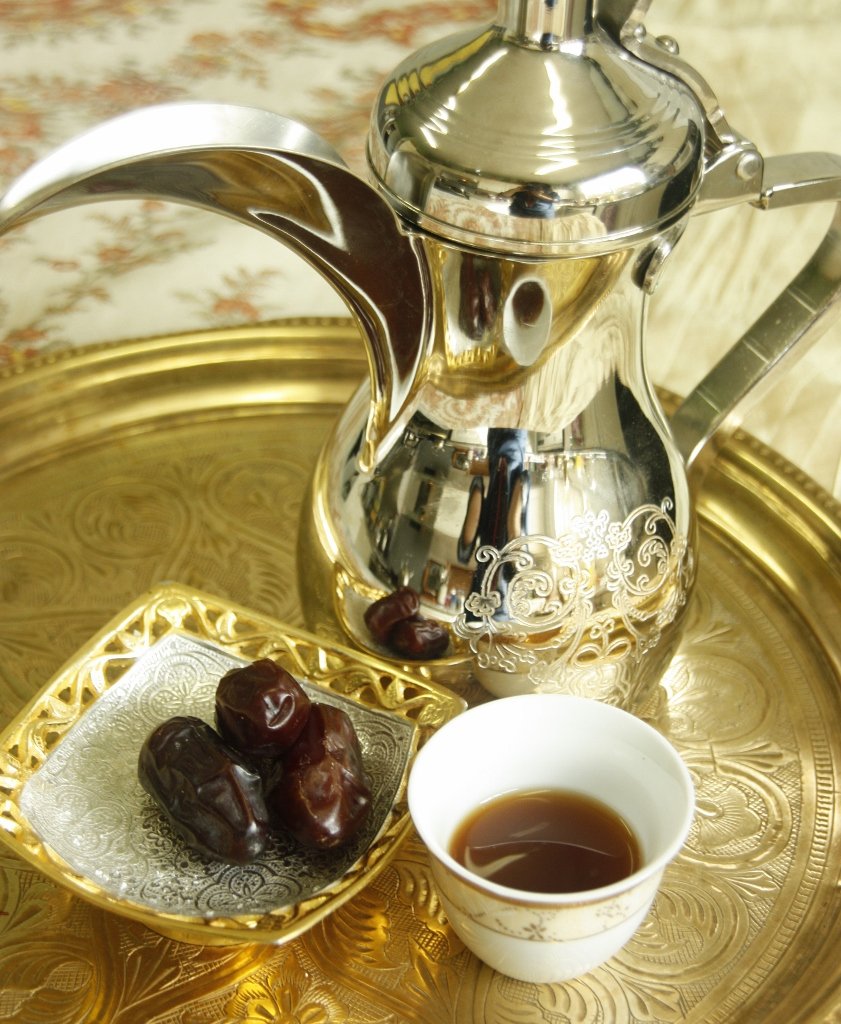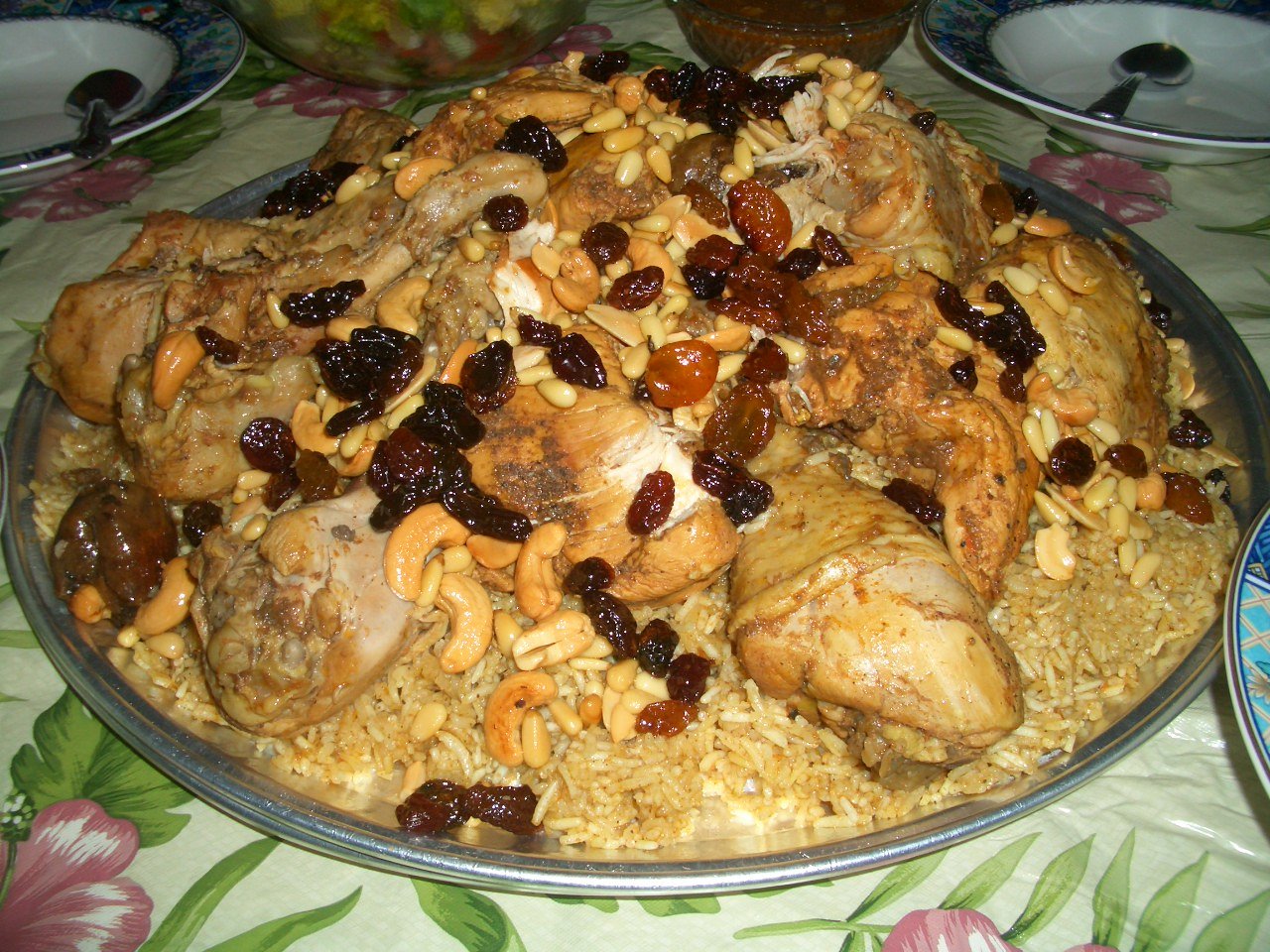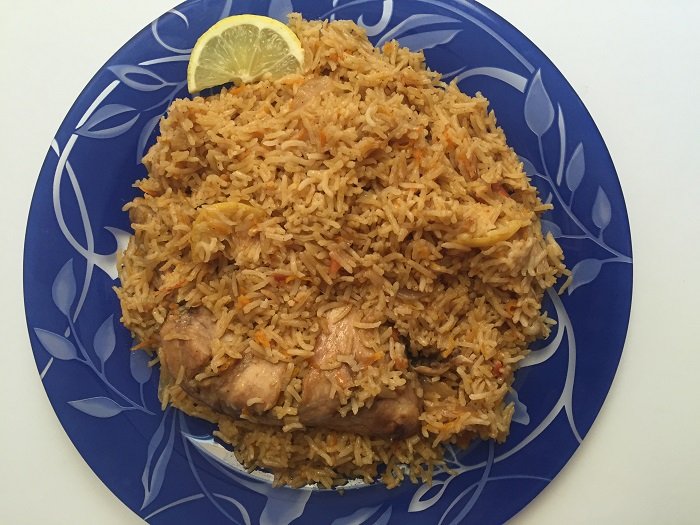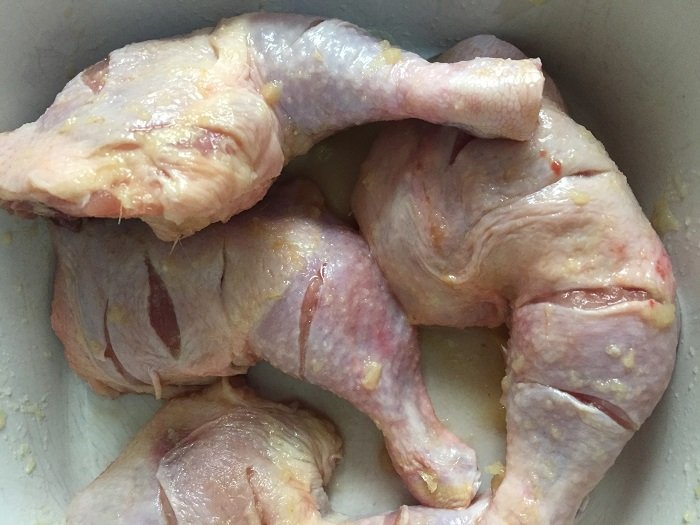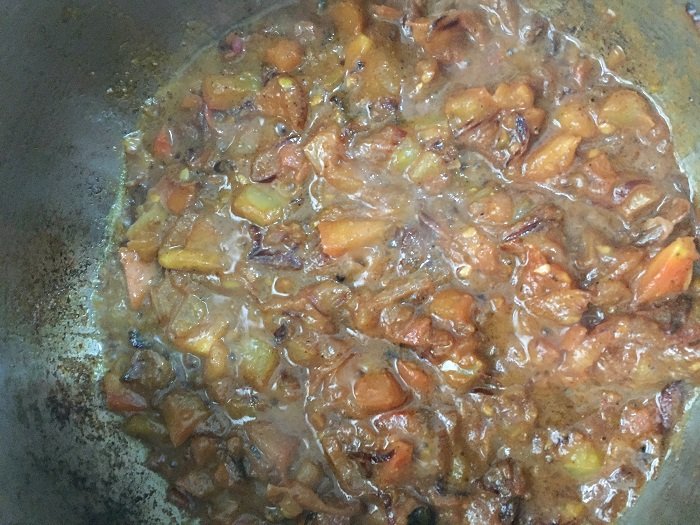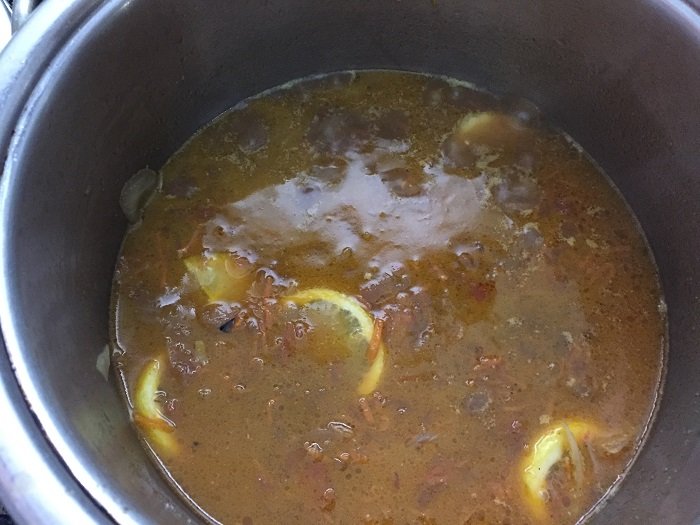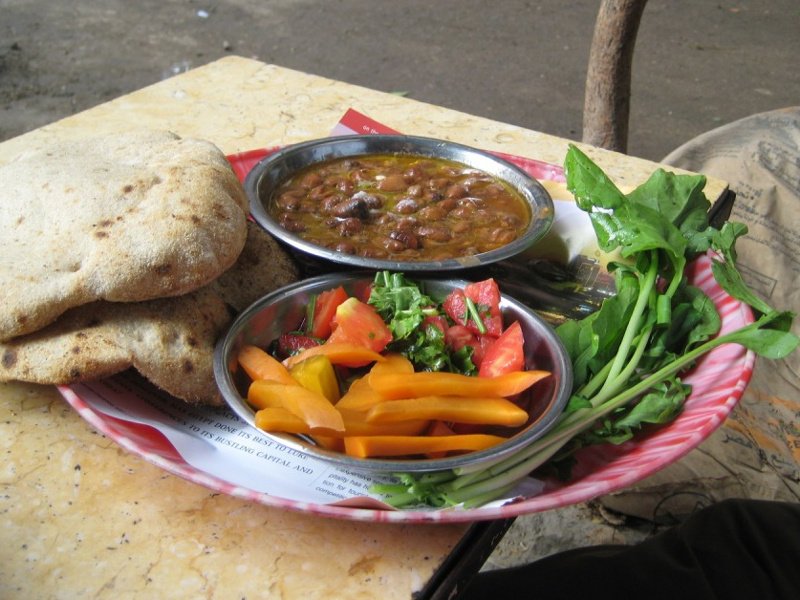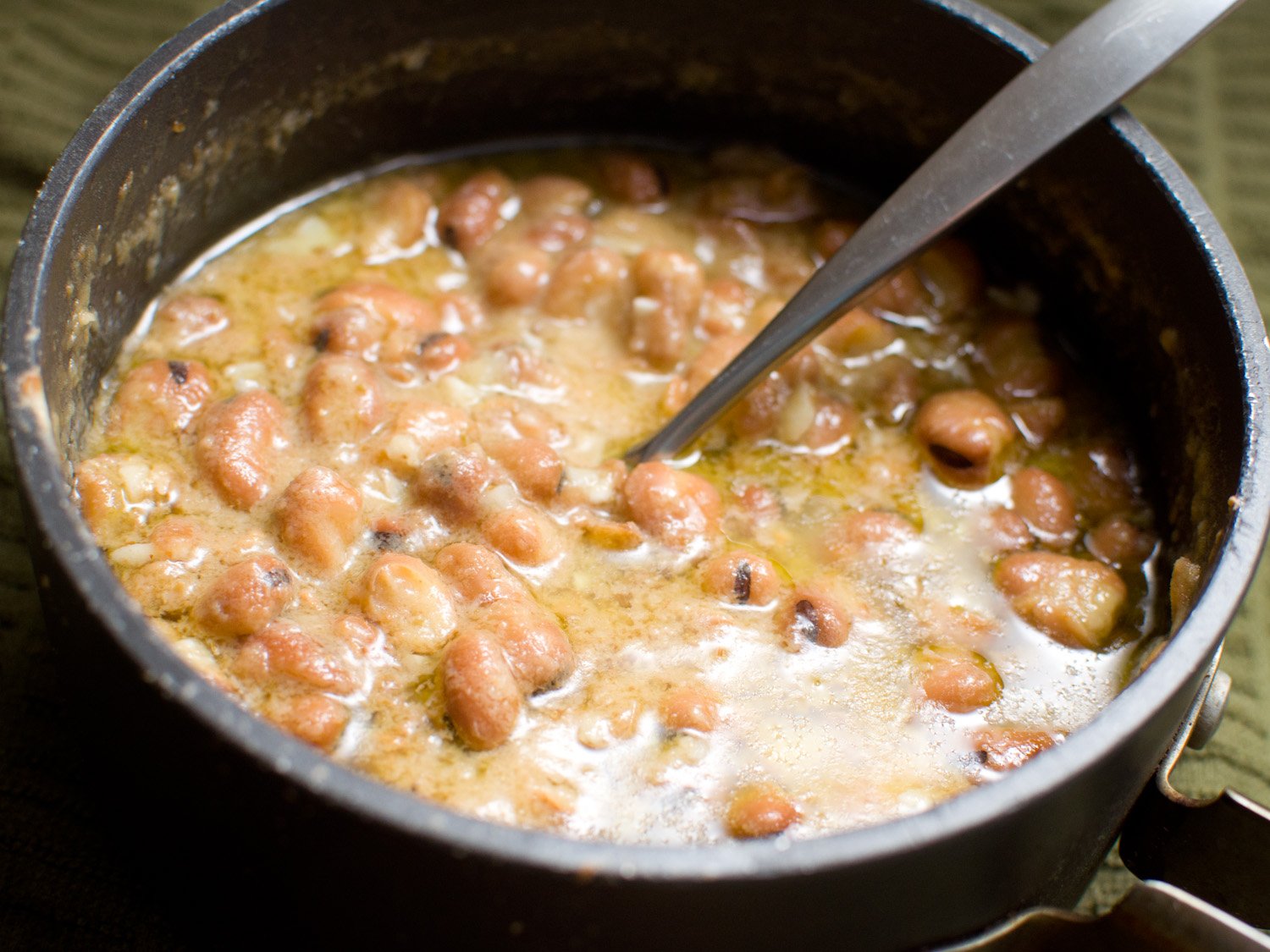Huzaifah ibn Adam
IB Expert
- Messages
- 2,252
- Reaction score
- 170
- Gender
- Male
- Religion
- Islam
Why whole? I dont like the looks of it, rather cut it up, its even easier to serve that way. I dont even like whole roasted chicken, prefer it in portions. The further it looks from its real shape the better, otherwise it is unpalatable.+o(
Rabbit must be as delicate as chicken. Pigeon must be very tender meat, although Id think there's barely any meat on pigeon.
It's quicker to braai it whole one time. And when cutting it up, some parts might get wasted. When it's whole, on the other hand, people can just cut off whichever piece they want. Some people like the neck. Someone else might want the head.

